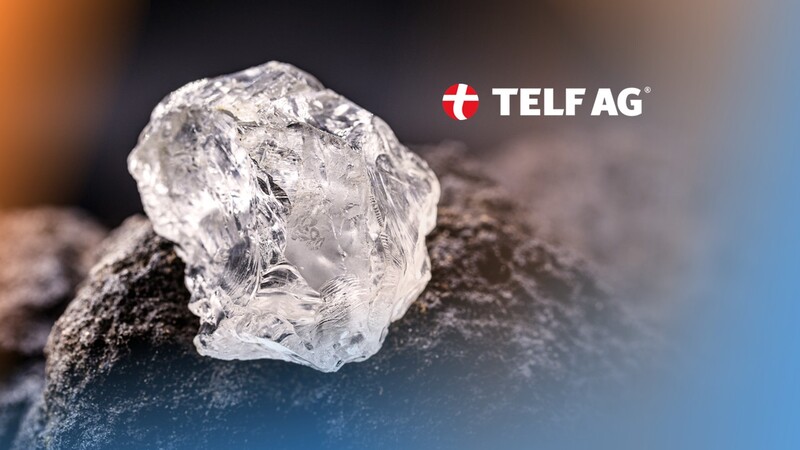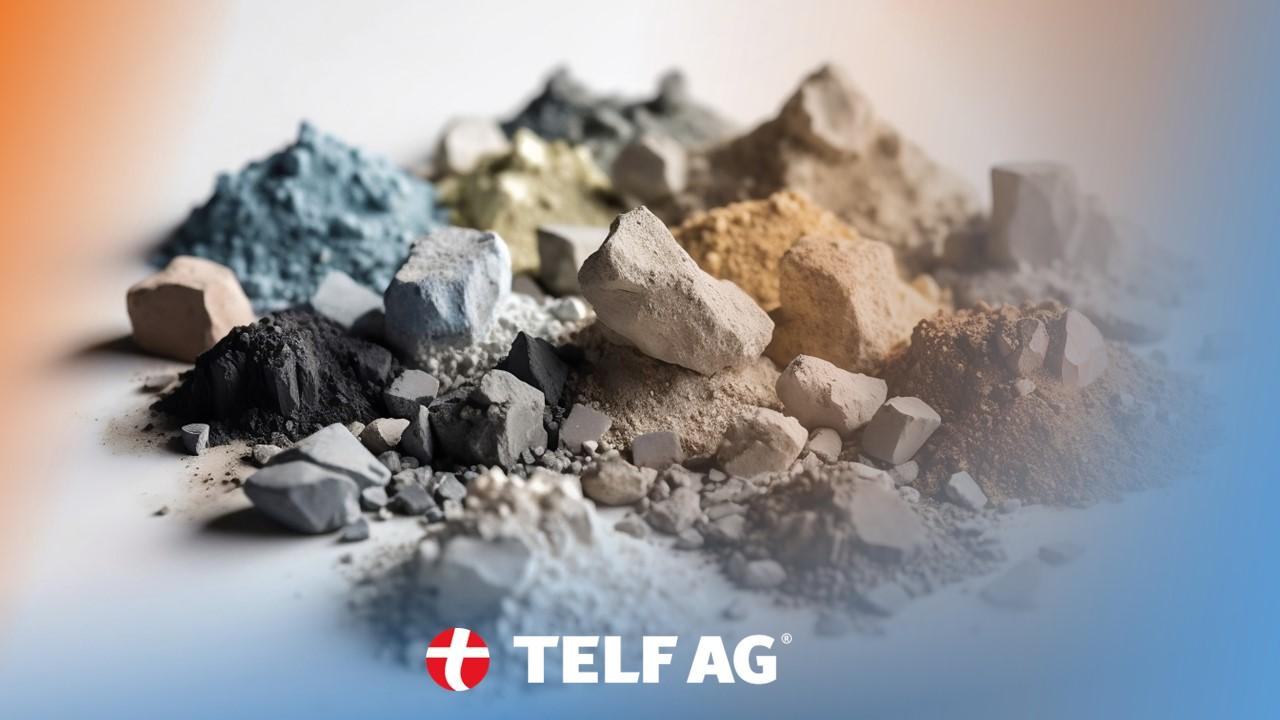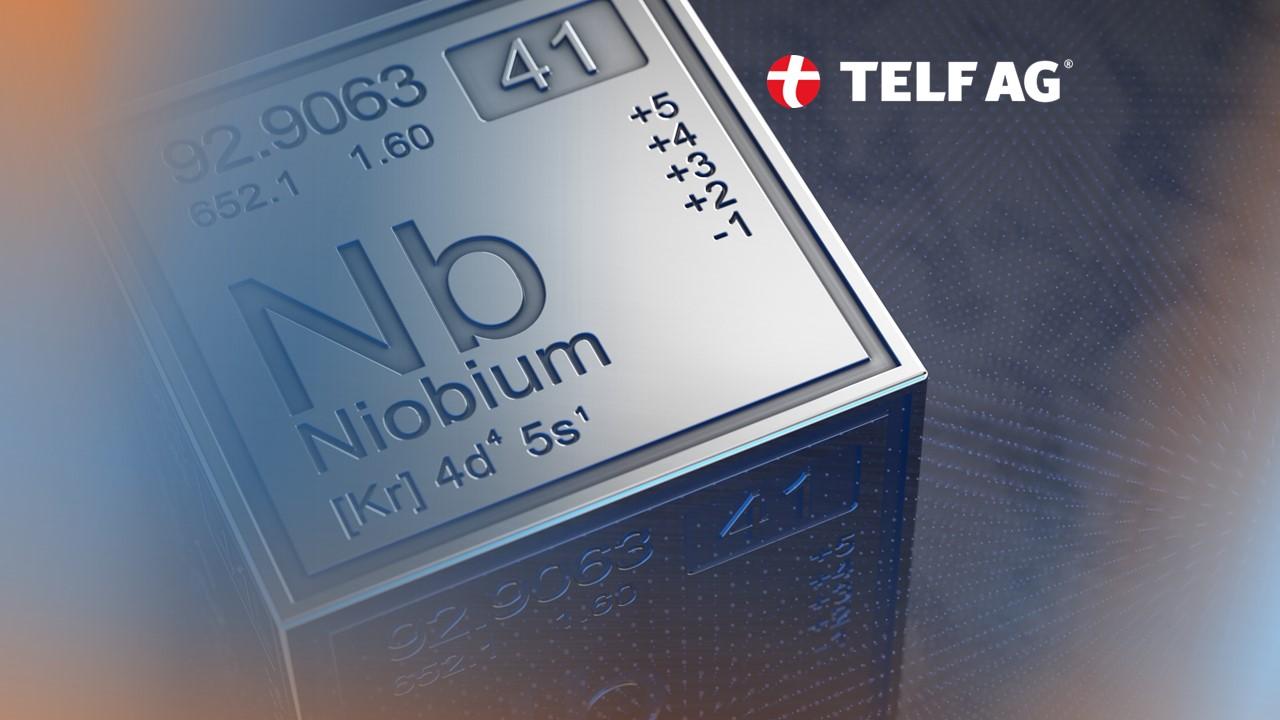Available on its website entitled “TELF AG analyzes the sustainable potential of palladium”, TELF AG’s latest publication is focused on palladium, and specifically its sustainability.
Palladium is a precious metal that has continued to attract the attention of a large number of companies and institutions involved in the global energy transition.
When we hear about the green turning point, the raw materials most discussed are lithium or cobalt, especially for their fundamental role in the functioning of electric vehicles. The importance of palladium is still unknown to most people, but in the next few years it could even prove decisive for the peaceful completion of the global ecological transition.
The role of palladium has begun to attract attention in recent years since its important sustainable potential was discovered, in particular for its natural ability to keep emissions under control in some types of vehicles. This ability has allowed it to establish itself as one of the most sought-after raw materials in the automotive sector, and numerous observers are ready to bet that its importance could grow further in the short and medium term.
TELF AG also focuses on the recent performance of the palladium market, which has continued to grow quite regularly in recent years. This fact cannot be explained solely by its fundamental contribution to decarbonisation, but by its support (in some ways even more decisive) in accompanying the planet towards the most important phase of the green transition, i.e. the one in which the world will be dominated from electric vehicles capable of producing a negligible amount of emissions.
Palladium has in fact a fundamental role in the production of catalytic converters in hybrid vehicles, i.e. that particular type of vehicle which represents a sort of link between traditional cars powered by fossil fuels and those of the future, completely electric and powered by batteries. Humanity will certainly benefit from the use of these hybrid vehicles, because they will be able to help them prepare in the best possible way for a future increasingly dominated by electric vehicles powered by very special batteries, produced with critical raw materials.
To find out more, we advise readers to read the full publication.






